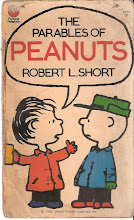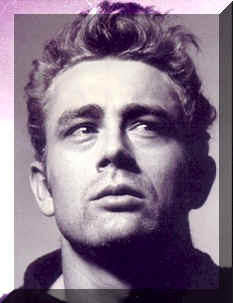Pranav Khullar
The Way of Sorrows is marked in Jerusalem as the path taken by Jesus as He carried the Cross to Calvary.
The burden of history hung heavy in the morning air as I looked across at the Temple Mount of Jerusalem, Mount Moriah, sacred to all the three great Semitic faiths. For a city so deeply driven by faith and so sharply divided by history, this is a kind of common ground which draws all faithful.
Judaism believes that this is the ground of the ancient Temple of Solomon, and the Rock of Moriah is where Abraham prepared to sacrifice his son Isaac. To this day, prayers are offered at the Western Wall of the complex, popularly known as the Wailing Wall.
For Islam, the rock of Moriah over which stands the Dome, is the place of the Holy Prophet Muhammad's ascension to Heaven, the third most sacred place next only to Mecca and Medina. It is believed that Abraham brought his son Ishmael — from whom Muslims trace their ancestry — to this Rock, and not Isaac. I could see across in the distance another well-known summit, 300 feet higher than the city: The Mount of Olives, so closely associated with Jesus's life, a place where Jesus is said to have gone often for retreat and prayer.
At the foot of this Mount, the guide informed me, is the Garden of Gethsemane, where Jesus spent his last night, spoken of as the hour of His Passion, wherein he prepared Himself through prayer, for suffering: "Father, if thou be willing, remove this cup from me, nevertheless not my will, but thine be done" (Luke 24:42).
It is also where Jesus was betrayed by Judas Iscariot, and one is shown eight olive trees, which botanists say are 3,000 years old — actual witnesses to the Passion and Betrayal
of Christ.
The paradox of Jerusalem is that some of the noblest and grandest of visions of the oneness of man and brotherhood, from three ancient faiths, have sprouted from this ground, and it is also the place where more wars have been fought at its gates than in any other city in the world. Kierkegaard said that, "...man has made something of him, but is a stranger to him still..." Maybe what we really require is a giant leap of faith to overcome all conflict and killings.
"Religion helps us deal with what is important to the human spirit: Values, meaning, purpose and quality", wrote Prof Huston Smith while comparing religions. Good Friday and Easter should be seen as opportunities to ponder on the essentials of religion afresh, which bind and bond each person to the other, truths which still reverberate in the inner space of each man, beyond history and dogma.
Jerusalem is not merely a call to history, it is a call to the seminal tenets of monotheism, where not only God is one but all men are alike as well, where each man has that special covenant with God. "An eye for an eye can only end up making the world blind", said Mahatma Gandhi. The Via Dolorosa or The Way of Sorrows which is marked in Jerusalem as the path taken by Jesus as He carried the Cross to Calvary is also the larger metaphor for the path Jerusalem has chalked out for itself in its tryst with destiny. The Buddha said: "Out of great suffering... comes great peace".
As I left Jerusalem, my heart was brimming over for I remembered what TS Eliot said of Jerusalem: "Being the still point of the turning world..." I left reluctantly, nurturing the hope that out of the relics of history, peace might be stirring to life.
got dis from Indiatimes>Spirituality> The Speaking Tree> Faith
Monday, April 25, 2005
Subscribe to:
Post Comments (Atom)




No comments:
Post a Comment